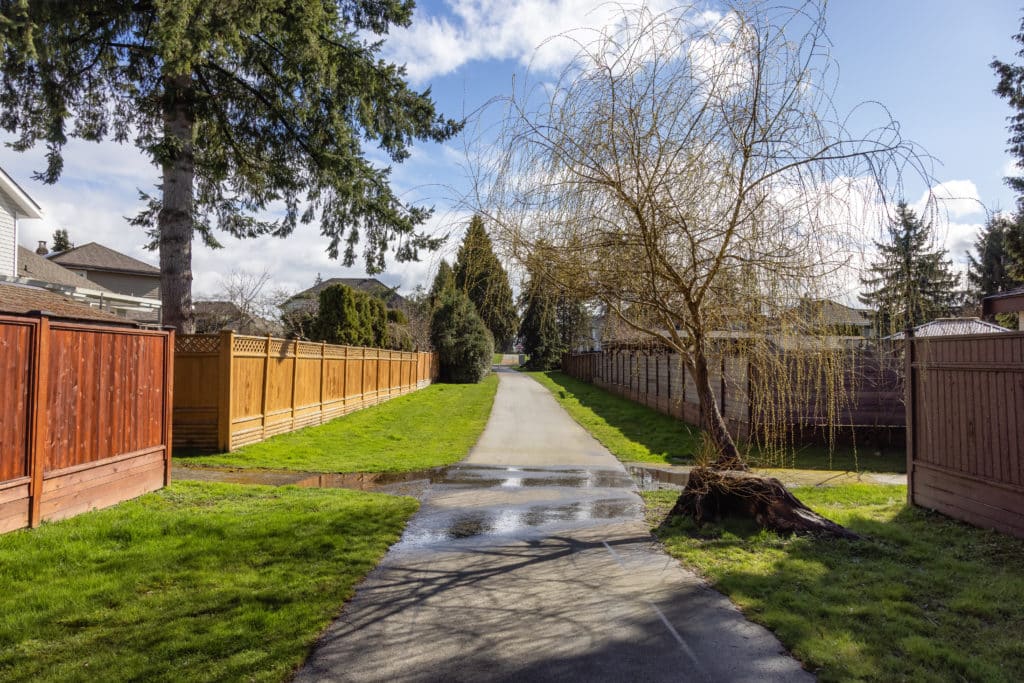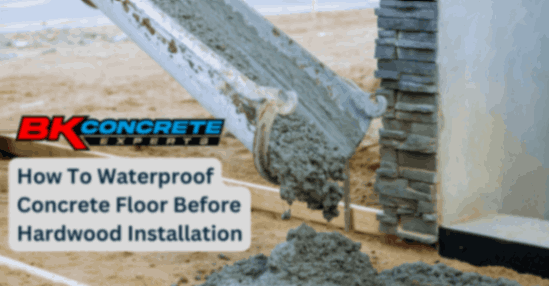Maintaining a concrete driveway is crucial for homeowners who value the longevity and appearance of their property. Over time, concrete surfaces are subjected to various stresses from traffic loads to weather changes, leading to cracks and other signs of wear. Repairing these imperfections not only restores the aesthetic appeal but also prolongs the life of the driveway. Choosing the right concrete repair products is essential to address these issues effectively.

When it comes to repairing a concrete driveway, the market offers a range of products tailored to different types of damage. For smaller cracks, masonry crack fillers are often sufficient, providing a quick and simple solution. In cases where the damage is more extensive, concrete mixes and resurfacers might be necessary to restore the surface to its original condition. Homeowners should assess the extent of the damage to determine whether a repair will suffice or if full replacement is the more prudent choice.
Understanding the characteristics of different repair products enables homeowners to make informed decisions. Some products are designed for rapid setting and high durability, suitable for high-traffic areas, while others are ideal for more minimal cosmetic fixes. Factors such as ease of application, cure time, and suitability for vertical or horizontal surfaces play into selecting the optimal product for a given repair job. With the correct approach and materials, restoring a concrete driveway can be a straightforward and rewarding process.
Assessing Concrete Driveway Damage

Before attempting to rectify any issues with a concrete driveway, it is crucial to accurately assess the type and extent of the damage. This initial evaluation determines the most effective repair method to ensure longevity and functionality of the driveway.
Identifying Small Versus Large Cracks
Small Cracks: Typically less than a quarter-inch wide, these can often be repaired with sealant or filler products. They typically do not indicate serious structural concerns, but addressing them promptly can prevent water infiltration and future deterioration.
Large Cracks: Cracks wider than a quarter-inch, or those that display a pattern or widening over time, may signal more significant issues. They often require more extensive repair strategies, such as patching with a concrete mix or a complete resurfacing procedure.
Detecting Structural Damage
Structural damage goes beyond the surface, potentially affecting the concrete’s stability. Indications of structural issues include:
- Deep Cracks: Deep cracks that penetrate through the slab, possibly compromising the subbase.
- Holes: Holes that penetrate deeply into or through the concrete, which could mean that the reinforcing steel within is corroded or the concrete has weakened significantly.
- Spalling: Areas where the surface has chipped away or has flaked off, exposing the aggregate, often due to freeze-thaw cycles or deicing chemicals.
Determining Repair Urgency
The urgency of repairs is dictated by the severity and progression of the damage:
- Immediate Attention: Rapidly widening cracks, large holes, or extensive spalling require immediate attention to prevent further damage.
- Monitoring: Small, stable crack patterns may just need monitoring and can be addressed with preventative maintenance.
- Expert Consultation: When in doubt or when multiple signs of structural damage are evident, consulting a professional can provide insight into repair scope and urgency.
In conclusion, a careful assessment of concrete driveway damage is key in formulating an effective repair plan. Identifying the severity of cracks, detecting any underlying structural damage, and determining the urgency for repairs guide homeowners and professionals in maintaining the driveway’s integrity and safety.
Choosing the Right Repair Products

When repairing a concrete driveway, selecting the appropriate product is crucial for ensuring durability and stability. The choice hinges on the size of the cracks and the extent of the damage, with options tailored for small repairs and others suited for larger renovations.
For Small Cracks and Holes
For minor imperfections such as small cracks or holes, a cement-based concrete patch is often the best choice. This type of patch primarily includes cement, sand, and additives to enhance adhesion and workability. These additives ensure that the repair adheres to the old concrete effectively. Homeowners can find a variety of these concrete patching compounds at Home Depot, with some pre-mixed options available for convenience.
For Large Cracks and Spalling
For more significant damage, such as large cracks or areas of spalling, one should consider a more robust solution. An epoxy-based patch offers superior durability due to its strong bonding properties, which can be critical for maintaining the structural integrity of the driveway. Products like the Sika self-leveling sealant are designed to fill large cracks and level themselves to create a smooth surface. When dealing with spalling, a comprehensive resurfacing with a specialized concrete resurfacer might be necessary to restore the appearance and longevity of the driveway.
Repair Techniques and Application

In addressing concrete driveway issues, it is critical to select the appropriate repair methods and products for a durable fix. Whether the goal is to patch holes, resurface, or seal, these techniques can be executed by DIY enthusiasts or professional contractors with precision using the right tools.
Patching Holes and Cracks
Patching is a fundamental repair method for restoring integrity to compromised concrete surfaces. For small fissures, a polymer-based crack filler can be an effective solution to seal gaps seamlessly. When addressing larger holes, a robust vinyl patch material is recommended; it should be firmly pressed into the area with a trowel. Care must be taken to achieve proper adhesion to the old concrete, typically by applying the patch in ¼” layers.
Resurfacing with Concrete Overlays
For driveways with extensive surface damage, resurfacing with a concrete overlay offers a fresh facade. This method involves applying a thin layer of new concrete over the existing surface. Ensuring that the old surface is properly prepared will result in strong adhesion. Concrete resurfacing may also include decorative engraving and coloring to elevate the aesthetic value along with the physical repair.
Tips for Sealing and Waterproofing
After repairing or resurfacing, sealing is an essential step to protect the driveway from the elements. A high-quality sealant can prevent water ingress and extend the lifespan of the concrete. When applying the sealant, make sure the surface is dry and clean for optimal performance. The right sealant can also enhance the driveway’s appearance while offering protection, which is a pivotal consideration for both DIY and contractor-led projects.
DIY versus Professional Repairs

Choosing between a DIY approach or hiring a contractor for concrete driveway repair hinges on the complexity of the task and the homeowner’s skill level. Considerations include ease of application, cure time, and the tools needed for repairing concrete.
When to Call a Contractor
For substantial concrete driveway damage or when structural issues are suspected, it’s prudent to contact a contractor. They have the expertise to diagnose and remedy problems such as deep cracks, large potholes, or areas where the driveway is uneven. Contractors can address intricate issues, ensuring a repair that adds to the driveway’s longevity and appearance. For instance, professional repairs are paramount when dealing with unevenness caused by soil shifting, as this could indicate a deeper, underlying problem.
Undertaking DIY Repair Projects
Minor cracks and holes in a concrete driveway typically fall within the ambit of a DIY project. Homeowners can manage small repairs using concrete caulk or vinyl concrete patcher for issues less than 3/8 inches wide. The ease of application of these products makes them suitable for a quick do-it-yourself fix. However, it is important to note the cure time required for these products and follow the manufacturer’s instructions to ensure the repair sets properly. Simple solutions like concrete caulk can prevent minor issues from worsening, but may not be a long-term solution compared to professional work.
Remember, DIY repairs can be a cost-effective and immediate solution to minor concrete problems, while a professional contractor may be necessary to ensure quality and safety for more complex issues.
Costs and Considerations
When considering repairs for a concrete driveway, one must account for both material and labor costs, which can vary widely. The scale of the repair, the quality of materials selected, and the region in which one lives can all significantly impact the overall cost.
Estimating Materials and Supplies
To repair one to two average-sized cracks on a DIY basis, materials may range from $5 to $15. For more extensive work, such as professional crack repair, materials and supplies can cost between $100 to $1,000. Prices can fluctuate depending on local store prices and inventory levels. Before purchasing, individuals should review the terms of use on a website or consult in-store experts to ensure the correct quantity and type of product is selected.
Understanding Labor and Time Investments
The cost of professional labor for driveway repair varies, with small repair jobs costing as little as $100, and more comprehensive repairs going up to $1,000 or more. Time investment also varies, with smaller repairs possibly completed within a few hours and larger repairs spanning several days. Experts recommend obtaining multiple quotes to ensure competitive labor costs and verifying the scope of work against the given timeframe and labor availability.

 CALL US NOW
CALL US NOW



